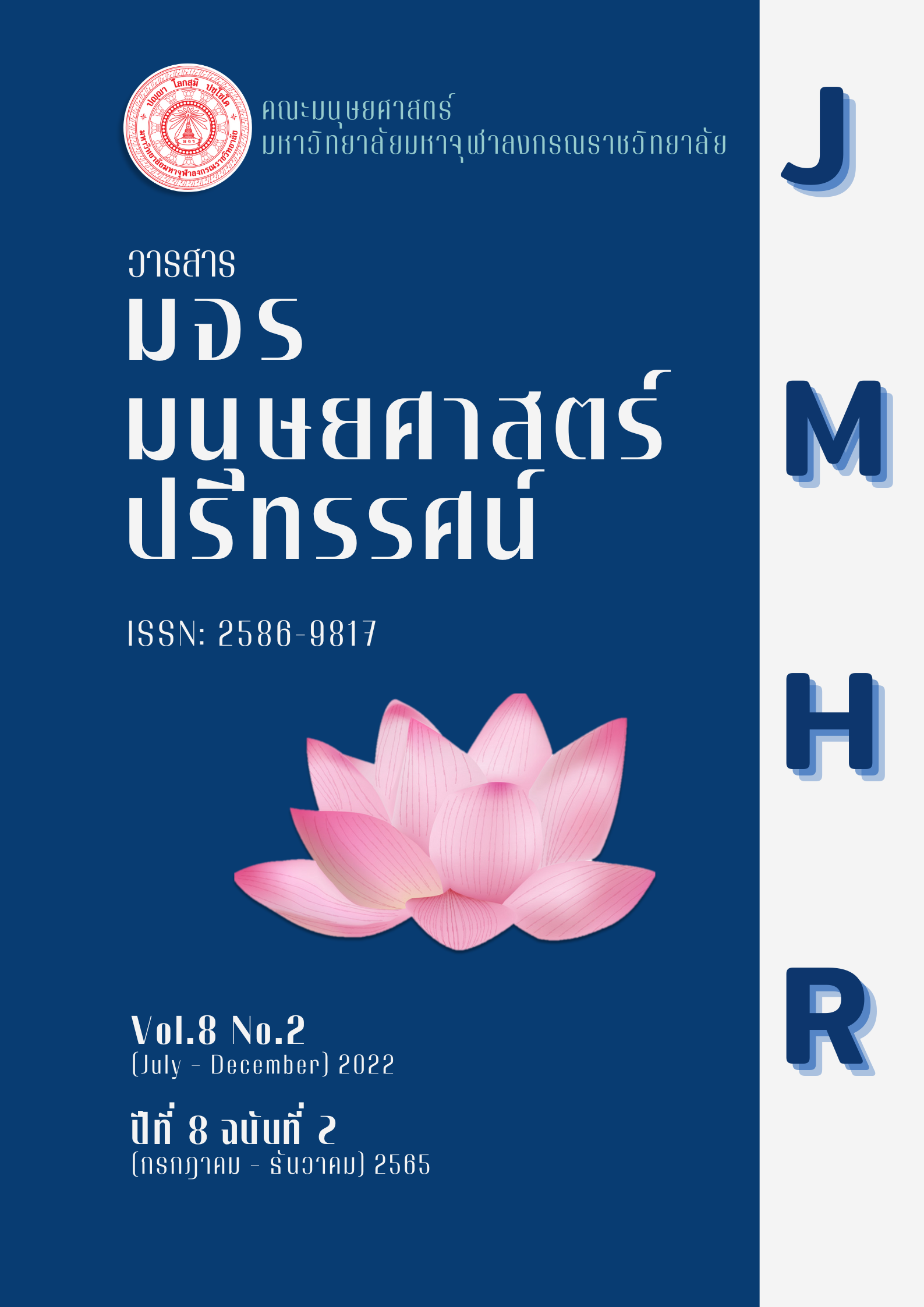A Morphological Study of The KACHINES Dialect Spoken in Myanmar
คำสำคัญ:
-บทคัดย่อ
-
เอกสารอ้างอิง
Hans J. Wehrli, Leiden, E.J. (1932). Bril, Beitrag zur Ethnologie der Chingpaw (Kachin) von Ober-Burma. Harvard University : Library.
Geert Booij. G.E. (2007). The Grammar of; An Introduction to linguistic morphology. Oxford : Text Book.
Ola Hanson. (1927). The Kachins: Their Customs and Traditions. Cambridge Univers : ity, Library Collection – Anthropology, 1927.
Ola Hanson. (1929). A Grammar of the Kachin Language. Primary Source Edition, Rangoon : Burma.
Okell John. (1989). Three Burmese Dialects (Ph.D. Thesis,). London University : UK.
JenSon, John T. (1990). Morphology Word Structure in Generative Grammar. Amsted am: John Benjami’s Publishing.
Laika Nau Ra. (2003). Jingpaw Hti Laika Hpung Langai. Kachinese Grade 4. Myanmar : Myitkyina.
U Manam Hpang. (1995). A Study of Christian in Kachin Dialect. Myanmar : Myitkyina.
Matthew, Peter. H. (1974). Morphology: An Introduction to the Theory of Word Structure. New York : Cambridge London University Press.
Rochelle Lieber. (2016). Introducing Morphology. New York : Cambridge University Press.

ดาวน์โหลด
เผยแพร่แล้ว
รูปแบบการอ้างอิง
ฉบับ
ประเภทบทความ
สัญญาอนุญาต
ลิขสิทธิ์ (c) 2022 วารสาร มจร มนุษยศาสตร์ปริทรรศน์

อนุญาตภายใต้เงื่อนไข Creative Commons Attribution-NonCommercial-NoDerivatives 4.0 International License.





